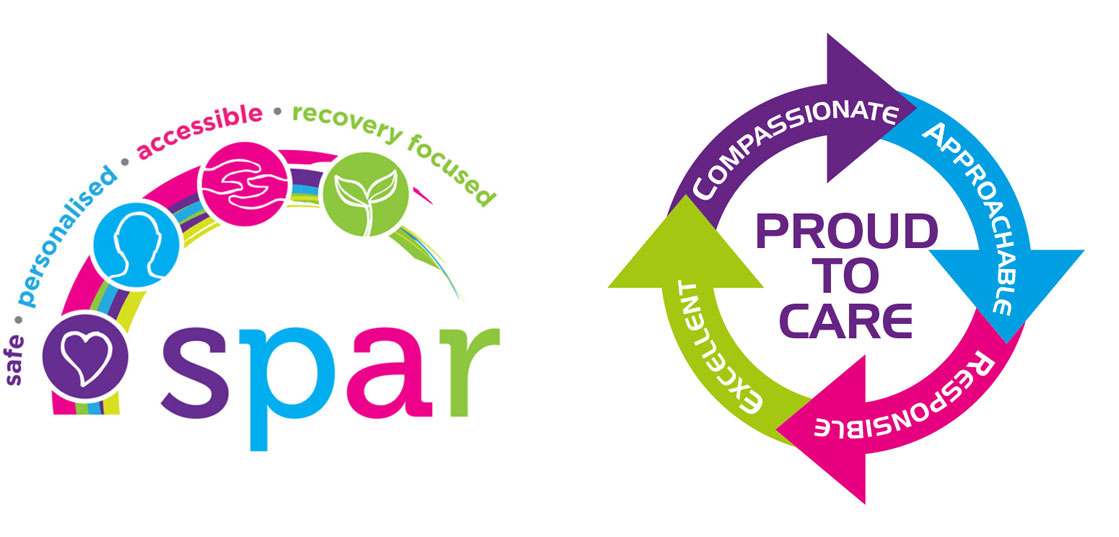Accessibility
Providing Accessible Information and Communication Support: The Accessible Information Standard
Meeting our Service User Information and Communication Needs
The Accessible Information Standard
The ‘Accessible Information Standard’ is effective from 31 July 2016. All organisations that provide NHS or adult social care must follow the Standard by law.
The Standard aims to make sure that people who have a disability, impairment or sensory loss get information that they can access and understand, and any communication support that they need. The Equality Act 2010 also requires us to ensure that people whose first language is not English are able to access equitable healthcare experiences.
Under the Standard, we must make sure that patients and service users, and their carers and parents, can access and understand the information they are given. This may include communication support from an interpreter or advocate.
What is accessible information and communication?
Providing accessible information and communication means making sure that people get information in a format that suits their individual needs. This might include any of the following:-
Provision of written information in an alternative format eg:-
- in an appropriate sized font
- in braille
- in Easy Read format
- in a foreign language
- E-mailing information to the service user so they can use ‘read to me’ software
Communication support:
- support from a British Sign Language (BSL) interpreter
- deafblind manual interpreter
- an advocate
- a foreign language interpreter
Top Tips for printed information
- Use a minimum font size of 12 point, preferably 14
- Use a clear, uncluttered and sans serif font such as Arial
- Align text to the left margin and avoid ‘justifying’ text
- Ensure plenty of ‘white space’ on documents, especially between sections
- Avoid ‘squashing’ text onto a page and, if possible, include a double-space between paragraphs
- Print on matt and not gloss paper
- Use page numbers
- If printing double-sided ensure that the paper is of sufficient thickness to avoid text showing through from the other side
- Ensure a correct and consistent style and structure, and that the cursor can move throughout all text.
Five Steps to Accessible Information
As part of the Standard, we must do five things:
1. Ask people if they have any information or communication needs, and find out how to meet their needs.
2. Record those needs clearly and in a set way.
3. Highlight or flag the person’s file or notes (paper or electronic) so it is clear that they have information or communication needs and how to meet those needs.
4. Share information about people’s information and communication needs with other providers of NHS and adult social care, when they have consent or permission to do so.
5. Provide: Take steps to ensure that people receive information which they can access and understand, and receive communication support if they need it.
The Trust will pay for interpretation and translation services where required as part of the provision of Safe, Personalised, Accessible and Recovery Focused (SPAR) healthcare.
If you need to arrange for interpretation or formal translation services, please contact the Patient Experience Team (details below).
Written materials can be digitally translated where appropriate—contact the Diversity and Inclusion Team for assistance (see below).
Contact Details
Patient Experience Team
Telephone 01782 275171
Email [email protected]
Diversity & Inclusion Team
Telephone 0300 123 1535 ext 2814
Email [email protected]
